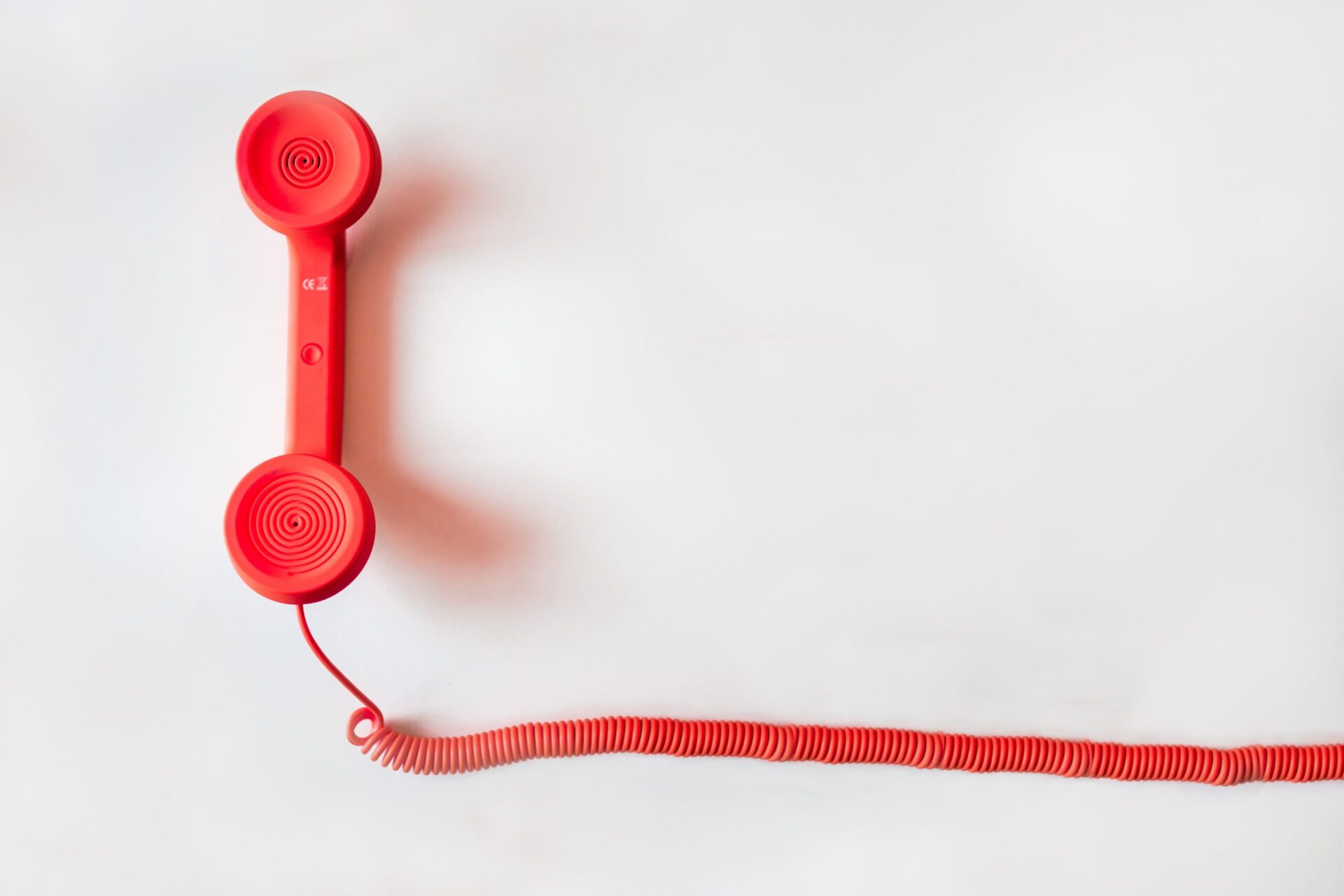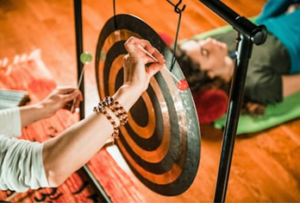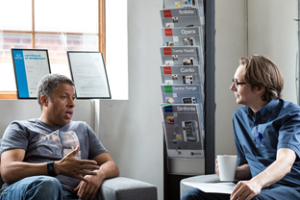What having a ‘gong bath’ taught me about communicating

You probably have no idea what a ‘gong bath’ is, and recently, neither did I. Then, as part of Aspectus’ winter wellness initiative, a group of us were taken to the GONG studio.
Here, our Gong teacher Selma, explained that a gong bath is an ancient healing practice in which sound waves, produced by a gong, heal the mind and body. Laid back on a matt and equipped with a blanket and eye mask, the gong sounded for 30 minutes, transmitting frequencies to the brain which lulled me to a surprisingly meditative state throughout the session.

According to Selma, the gong sounds are used to restructure the body’s water molecules. As humans are comprised of 70% water, the vibrations flow seamlessly through your body, placing you in a deep state of consciousness and relaxation.
Different sound frequencies stimulate the body and mind into balancing its inner emotions and alleviate existing mental challenges – in other words, into better communicating with itself. Some of the frequencies that we’re unfamiliar with at first can have the greatest effect.
But can we apply these lessons about better communicating with ourselves to improve our communication with others?
The incomprehensible is important

Most interactions between people consist of many unintelligible energies. Despite often going unnoticed they are extremely informative. An indication of any effective human-to-human contact is the ability to read the nuanced, non-verbal messages we convey to each other. For example, through eye contact, body language and tone of voice.
These have the potential to convey our true emotions, not necessarily expressed verbally at surface-level communication. A ‘successful’ interaction ensures that these are listened to by both parties, much like the body listens to the gong.
Sometimes, what seems incomprehensible can be therapeutic. The gong bath process and an effective conversation have various requirements in common.
Receptiveness is required
In order to truly be comfortable during a gong bath, you have to be open-minded and welcome the seemingly obscure process. Your body needs to be loosened and your mind clear of thoughts in order to create an environment conducive to relaxation.
Both parties within a conversation must be open-minded and mutually receptive to the words and emotions transmitted by the other. An interaction must see the emotional aspect accounted for, as opposed to only the verbal one.

Presence is a must
A gong bath demands your presence, both physically and mentally. You’ll find yourself navigating between different (often random) seas of thought. The task is to catch yourself doing so and leverage your in-the-moment presence to prevent you from drowning in those thoughts.
We can all be guilty of being somewhere without actually being ‘there’, and we never know how annoying it is until we’re on the wrong end of it. A productive interaction is one in which both parties are fully present throughout.
Listen to the frequencies
Once present, you need to actually be listening. Without listening to the frequencies of the gong, the healing process is ineffective. Similarly, a conversation without listening is futile. ‘Listening’ goes beyond ‘hearing’, but actually interpreting and deciphering the valuable pieces of information.
Acknowledging the information communicated by the gong or your counterpart leads to understanding. This is the overall goal of both a gong bath and an interaction, enabling you to understand other people as well as yourself and your emotions more effectively.
Gong baths might not have been on the job description but, four months into my communications career, I’m recommending that you try one too.
Listen to the gong, listen to people and listen to yourself – they’re all trying to tell you something.
Kanayo is a Spanish with International Relations graduate from the University of Southampton now working as an Account Executive in the Financial Services PR team at Aspectus Group.

